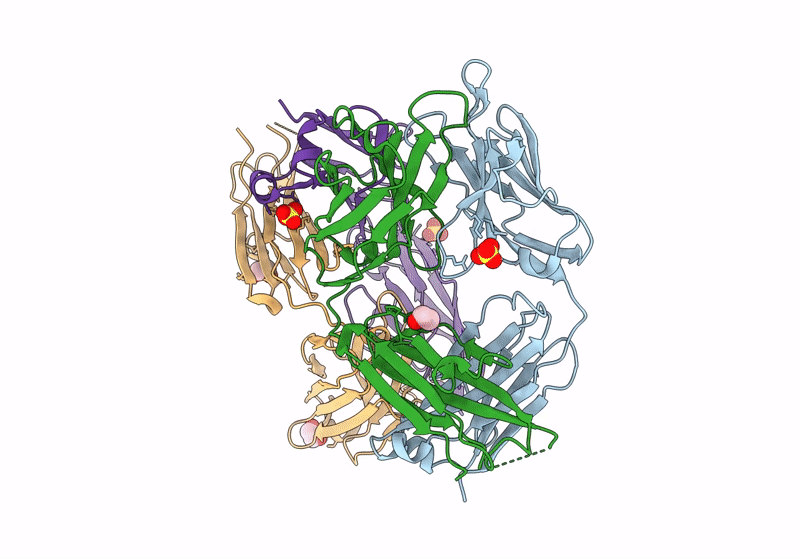
Deposition Date
2023-09-05
Release Date
2024-03-06
Last Version Date
2024-10-23
Method Details:
Experimental Method:
Resolution:
2.00 Å
R-Value Free:
0.23
R-Value Work:
0.18
R-Value Observed:
0.19
Space Group:
P 41


